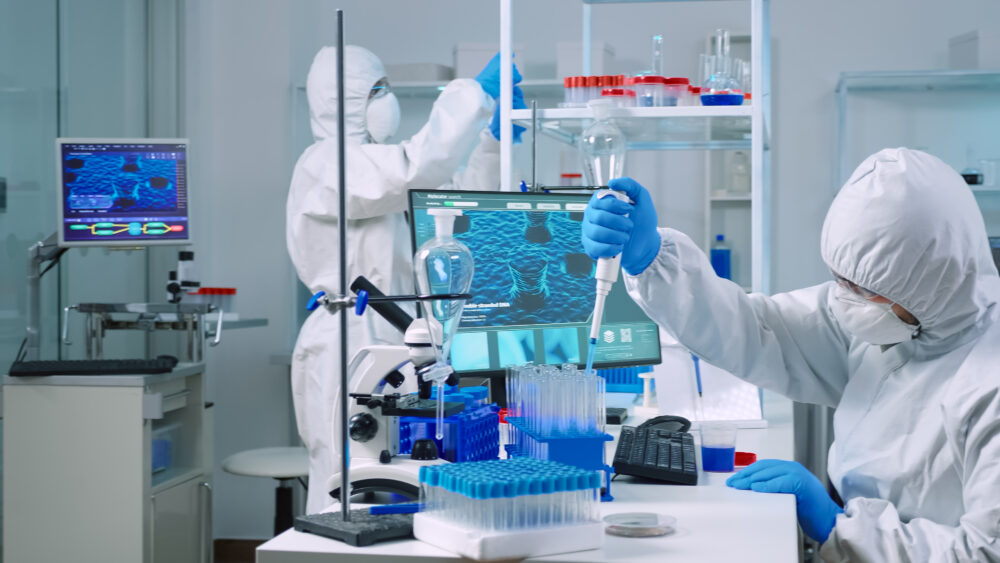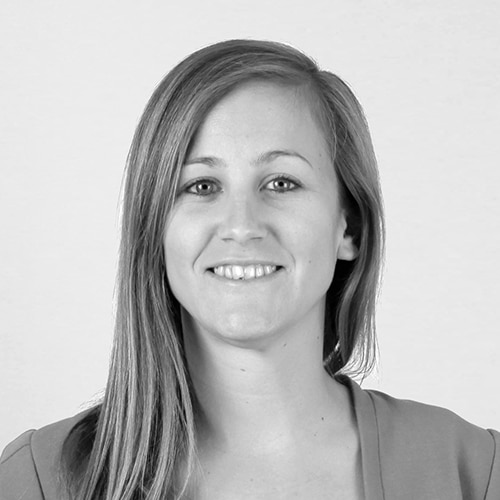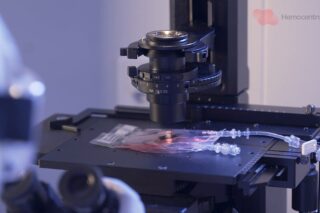Kantify, a Belgian biotech startup, uses AI in drug discovery to uncover life-saving treatments for rare and hard-to-treat diseases faster, cheaper, and more precisely than ever before.
In the heart of Belgium’s biotech corridor, Kantify has emerged as a trailblazer in AI-powered drug discovery. Founded in 2016 by Ségolène Martin as an AI consultancy, the company underwent a transformative shift just a year later when co-founder and CTO Nik was diagnosed with a rare form of cancer. This pivotal moment redefined Kantify’s mission: to harness the power of artificial intelligence to accelerate the discovery of safe, effective treatments—particularly in areas long neglected by traditional pharmaceutical models.
Today, Kantify stands at the forefront of tech-bio innovation, developing first-in-class drug candidates through its proprietary AI platform, Sapian™, and targeting some of medicine’s toughest frontiers including rare diseases, oncology, and neurology.
At Forum Labo in Paris, COO Nicolas Maignan illuminated Kantify’s cutting-edge use of machine learning and deep learning to solve the inefficiencies of conventional drug development. As Maignan explained, AI is optimizing existing processes and opening entirely new pathways.
With tools like Sapian and their specialized models for protein interaction and toxicity prediction, Kantify can screen millions of potential drug compounds in hours rather than years. Their mission, rooted in both personal and scientific urgency, represents a seismic shift in how the biotech world thinks about scalability, accessibility, and innovation in medicine.
Kantify focuses on using AI to find treatments for rare, hard-to-treat diseases.

A Broken Model Meets a Bold Alternative
For decades, the pharmaceutical industry has struggled with the high cost, lengthy timelines, and dismal success rates of traditional drug development. With pipelines that can take over a decade and cost upwards of two to three billion euros, only about 2.5% of drug candidates ever make it to market.
“We’re facing a system where 95% of diseases are rare, and yet 95% of them have no treatment. That’s not just a gap—it’s a failure,” Nicolas Maignan pointed out during his presentation.
Pharmaceutical companies, driven by market size, often ignore rare or complex conditions, leaving millions without hope for a cure.
This is where Kantify’s AI-driven model breaks the mold. Sapian™ uses deep learning and machine learning algorithms to predict how small molecules interact with biological targets, drastically reducing the time and cost associated with early-stage drug discovery.
“We’ve compiled over 1.5 million bioassay screenings—both public and private—into a massive training base for our models,” said Maignan. “Our AI can predict, with high confidence, whether a molecule will bind to a protein or be toxic, long before it’s ever tested in a lab.”
By integrating predictive tools like Satellite (for binding affinity) and Saturnoir (for toxicity), Kantify can screen billions of virtual compounds and identify viable candidates in hours instead of years.
From Virtual Predictions to Real-World Impact
Kantify’s AI-first approach is already delivering tangible results in the lab and beyond. One compelling example came from a collaboration with the Johns Hopkins School of Medicine, where researchers were searching for drug candidates to treat castration-resistant prostate cancer, a particularly aggressive and treatment-resistant form of the disease. Using Sapian™, Kantify screened over 8 million compounds against five novel targets, ultimately identifying three promising molecules.
“We tested only three compounds in vitro, and one of them showed exceptional efficacy—nearly shutting down tumor growth in animal models with no observed toxicity,” said Maignan. “That’s a staggering success rate compared to traditional methods.”
Another breakthrough came from a partnership with Dr. Michel Devin at the Institut du Thorax in Nantes. The challenge? Finding an activator for a specific ion channel that had resisted modulation despite years of global screening efforts. Sapian proposed 145 potential structures.
“Out of those, 11 turned out to be active—the first known activators ever discovered for that channel,” Maignan explained.
One molecule demonstrated a potency of 600 nanomolar, placing it within reach of clinical potential. The implications extend far beyond rare mutations.
“Activating this channel could lead to treatments for muscle-wasting diseases, or even open the door to safe, non-steroidal anabolic therapies.”
Building the Future: A Pipeline for the Untreated
Earlier this year, in January 2025, Kantify publicly unveiled its drug discovery pipeline, a major milestone that underscores how far the company has come since its founding. The pipeline, showcased on their website, highlights a strategic focus on oncology, rare neuromuscular disorders, neurology, and ion channel modulation—all areas where traditional drug development has struggled. Thanks to Sapian’s capacity to generalize across biological systems, Kantify is pioneering the discovery of first-in-class modulators for diseases that previously lacked any form of treatment.
Their growing list of collaborators includes top-tier academic institutions, biotech firms, and international health foundations. One such initiative is Project James, developed in partnership with AFM-Téléthon and funded by the European Union. The project aims to develop therapies for five rare neuromuscular diseases using AI to identify therapeutic targets and match them with candidate molecules.
“These are diseases that pharmaceutical companies won’t touch because of the economics,” said Maignan. “But with AI, we can change the equation—we can find answers faster, cheaper, and for patients who’ve been waiting too long.”
As Kantify continues to expand its reach, their vision is clear: to democratize access to drug discovery by using AI to tackle the hardest problems in medicine. With each breakthrough, they are not only redefining what’s possible but also reshaping the incentives and imagination of an entire industry.











